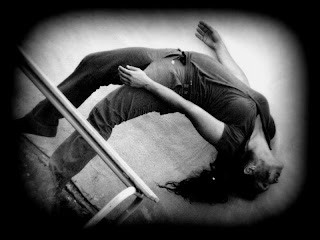To do:
- Visit the FRAC exhibition with a friend (take your time looking at each photo, keep an open mind...).
- Choose a photo one of you likes and the other dislikes.
- Write down your description of the photograph.
- Write down what you think the "meaning" of the photo is.
- Carry out research on the photo and on the photographer and his work in general (use the computer terminals on the first floor of the FRAC).
- Summarise what the photographer and critics have said about the photograph you have chosen.
- What does the photo say about the way the photographer sees today's world do you think (write down your answer)?
- How much do you share his way of seeing things (write down your answer)?
- Record your conversation about the photo on your cell phone (make sure the recording is very clear), each saying clearly why he likes or dislikes the picture.
- We will listen to your recorded conversation in class (whilst looking at a copy of the photo).






























,+London,+2012.jpg)




.jpg)









